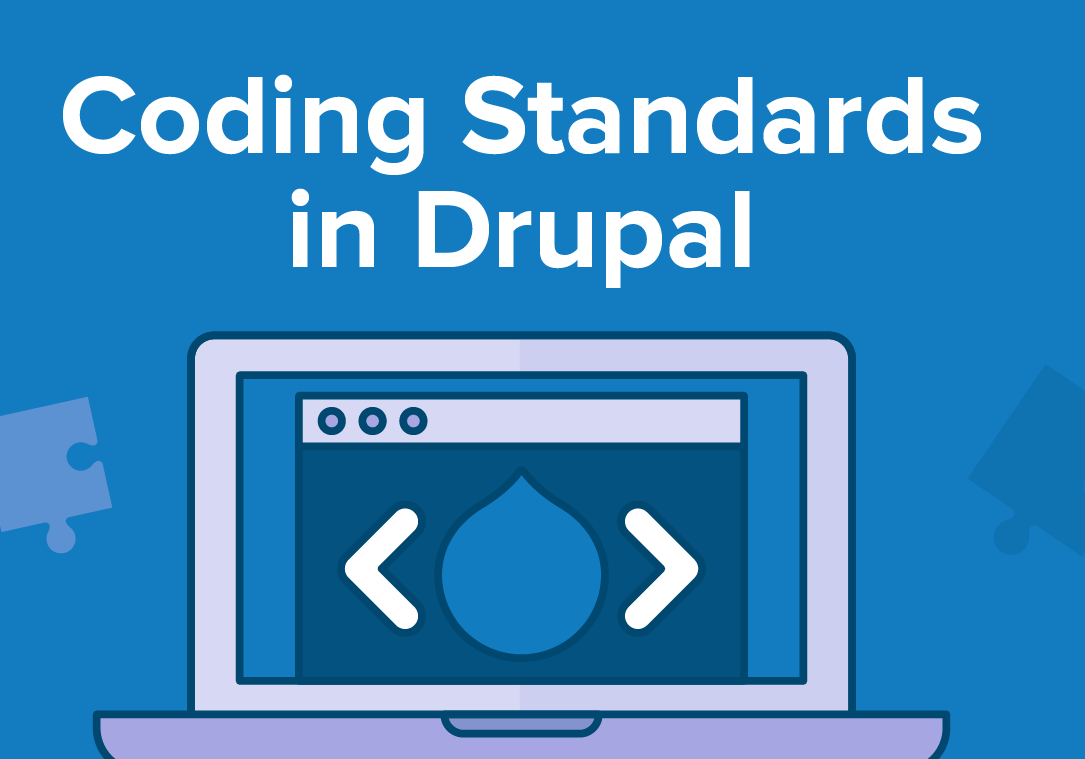
Consistency and readability serve as the backbone of any successful Drupal project. Drupal, a powerful content management system, places immense value on adhering to coding standards. Let's delve deeper into the significance of coding standards and their pragmatic implementation within the Drupal ecosystem.
The Importance of Coding Standards
Consistency for Clarity and Cohesion
Consistent coding standards ensure uniformity across a project, enhancing code clarity and making it easier for developers to understand, navigate, and maintain different sections of the codebase. For instance, adhering to PSR-1 and PSR-2 standards ensures consistent naming conventions, indentation, and code structure throughout the project.
Readability for Seamless Collaboration
Standardized code significantly improves readability, reducing the learning curve for new team members and enabling efficient collaboration among developers. Clear and consistent code, following Drupal's naming conventions for functions, variables, and classes, fosters a collaborative environment conducive to productivity.
Sustaining Maintainability and Longevity
Maintainability is crucial for the long-term sustainability of a Drupal project. Consistent and well-documented code, aligned with Drupal's coding standards for comments, whitespace usage, and documentation blocks, simplifies maintenance and minimizes errors.
Implementing Coding Standards in Drupal
Leveraging Code Sniffer for Validation
Utilizing tools like PHP Code Sniffer with Drupal coding standards allows developers to validate code against set standards. For instance, running Code Sniffer with Drupal's standards checks ensures compliance, preventing non-standard code from being merged into the codebase.
IDE Integration for Real-time Validation
Integrating coding standard checks into popular IDEs such as PhpStorm or Visual Studio Code using relevant plugins offers real-time validation. This integration enables developers to identify and rectify code discrepancies instantly while coding.
Automated Checks via CI/CD
Configuring Continuous Integration (CI) tools like Travis CI or CircleCI to run coding standard checks automatically upon code submission prevents non-compliant code from entering the repository. This automated validation streamlines the code review process and maintains code integrity.
Community Engagement and Contribution
Active participation in the Drupal community involves strict adherence to coding standards. Contributing to Drupal core, modules, or themes requires following established standards. Contributing patches that meet these standards ensures the overall quality and sustainability of the Drupal ecosystem.
Conclusion: Upholding Excellence in Drupal Development
Coding standards in Drupal are not just guidelines but the cornerstone of creating maintainable, collaborative, and high-quality projects. Consistent adherence to standards elevates code clarity, readability, and maintainability, fostering a thriving development environment within the Drupal community.
By embracing coding standards, Drupal developers contribute to a culture of excellence, ensuring the sustainability and longevity of their projects while setting high standards for code quality and collaboration.
Add new comment